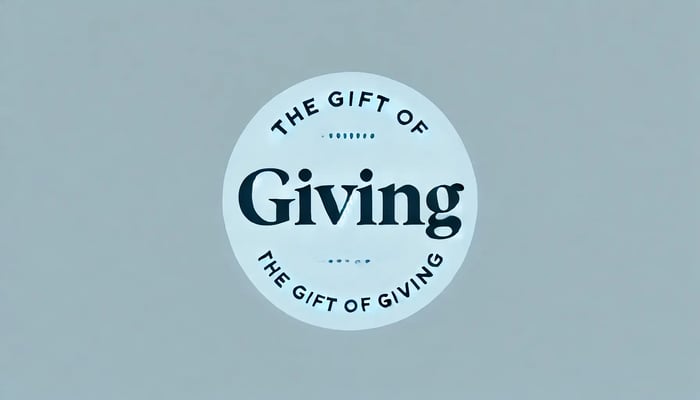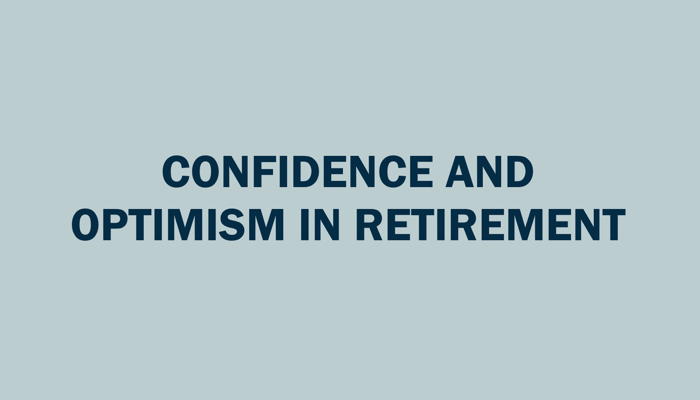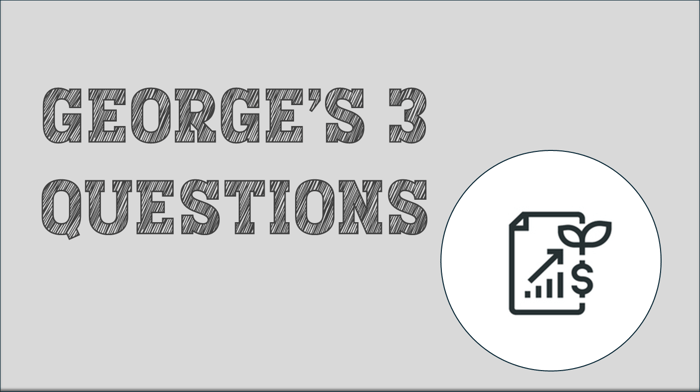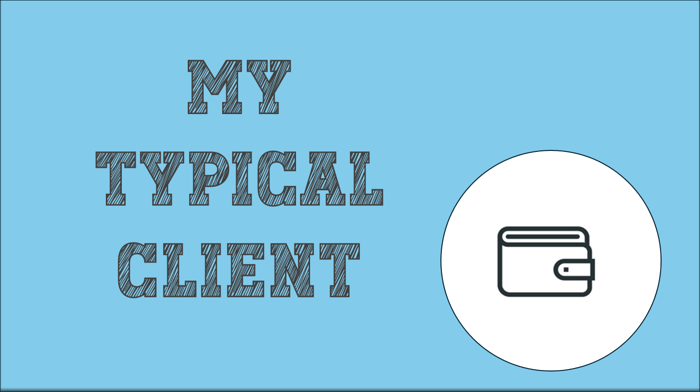Table of Contents
What legacy do you want to leave behind when your time comes? I know it's a heavy question– most estate planning questions are. Many folks don't think about it until their so-called "golden years." But legacy planning is way more than just divvying up your assets or dodging Uncle Sam. It's about living your values and making a multi-generational impact that money can't buy.
In this post, we'll explore how to craft an estate plan that lets your legacy take flight, one aligned with your deepest aspirations, not just your balance sheet. We'll cover the basics, like essential documents everybody needs. But more importantly, we'll discuss how to approach this stuff in a way that resonates with who you are. After all, estate planning is personal. It's about the story you want to leave behind.
Estate Planning Starts With Needs, Wants, and Wishes
Remember our chat about Needs, Wants, and Wishes? Well, estate planning is where those Wishes spread their wings. Once your needs and wants are handled, you'll have more runway to focus on those legacy goals.
Remember our concept of "being the bird." Ever watched a bird sitting on a branch? It doesn't cling to that branch for dear life. Nope, it trusts its wings to carry it. The same goes for you. Don't cling to "things" out of fear. Trust in the values your estate plan reflects.

So whether you're just hatching a plan or looking to migrate your existing one, take flight with us as we explore how to craft a legacy that reflects your true purpose. No understanding of legalese is required.
The Fundamentals of Estate Planning
Before we get into the nuanced stuff, let's cover the basics. Estate planning is the process of deciding what happens to your assets when you're gone. But it's about way more than money and things. It's about caring for your loved ones and ensuring your wishes are honored.
There are four key documents that form the nest of any solid estate plan.
Will
Your will is the cornerstone of estate planning. Your will spells out exactly how you want your assets distributed after you die. It also lets you name guardians for minor kiddos, give funeral instructions, and even plan for pets.
Power of Attorney
This handy document lets someone make money decisions for you if you become incapacitated. It is crucial to keep your affairs humming if you can't.
Healthcare Directive
This document outlines your medical wishes if you can't speak for yourself. It covers critical decisions like life support, pain management, and organ donation.
Living Trust
In estate planning, living trusts are not always needed, but they are powerful. A living trust lets you manage assets now and distribute them later. The process avoids probate, keeps things private, and maintains your control over your assets.
Estate Planning Documents are Crucial
Estate planning documents work together to protect your assets, care for your family, and honor your wishes. They are the foundation upon which everything else is built.
It's risky flying without them. No will? The state decides who gets what. No healthcare directive? Your family might have to go to court to make decisions for you. No trust? Your estate could get stuck in legal limbo.
Estate planning is vital for business owners, too. And many business owners aren’t taking care of this particular aspect of their business. At least 85% of business owners don’t have an updated estate plan, according to a May 2024 Forbes Magazine analysis.

Estate planning isn’t just for the wealthy or elderly. Life is unpredictable. Having your ducks in a row provides peace of mind regardless of age or wallet size.
Now that we've covered some estate planning basics, let's examine how to align your estate plan with your bigger life goals and values. That's where the meaning lives.
To learn more about how you can “Be the Bird” with effective estate planning, check out my bestselling how-to book on protecting your assets for life.
Buy "Be the Bird"Aligning Estate Planning with Your Needs, Wants, and Wishes
Remember our chat about Needs, Wants, and Wishes? This simple framework works magic for estate planning, too. Let's quickly fly through it again.
Needs
These are your required expenses. The non-negotiable costs of living.
Wants
Wants to represent discretionary items that add joy: your treats and splurges.
Wishes
And finally, Wishes are your aspirational goals, including the legacy you want to leave after you’re gone.
The Flight Path of Estate Planning
Here's the flight path: Clarifying Needs and Wants means more runway for pursuing those legacy Wishes and more thermals for climbing to cruising altitude.
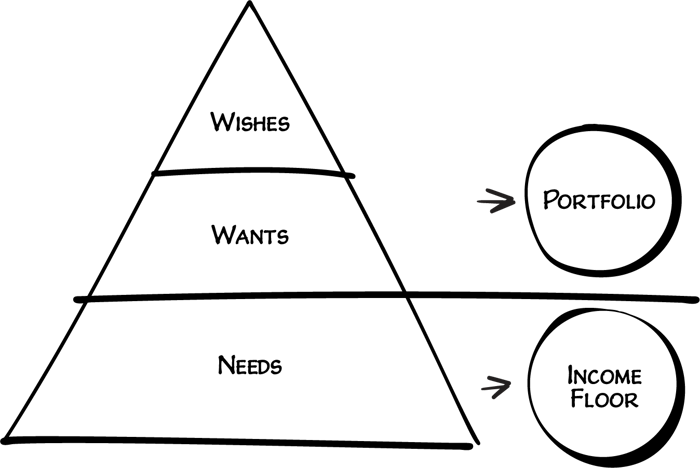
It all comes back to "being the bird." Ensure your Needs and Wants are handled so you can focus on meaningful Wishes. Don't cling to the branch out of fear. Trust your estate plan to reflect your highest values.
Your Wishes might include providing for your family, supporting causes you care about, passing on values, or leaving a community impact. Balancing personal retirement goals with your desire to leave a legacy is key. Defining Needs and Wants gives you the lift to pursue those meaningful Wishes.
Now, let's get into some flight plans to make those wishes a reality without having our wings clipped by taxes.
Tax-Efficient Strategies for Leaving a Legacy
What is one huge hazard that can stall out legacy plans? Retirement taxes.
While federal estate tax exemptions are high now, state thresholds and political winds shift. Smart flyers plan for this.

Here are some airworthy strategies for maximizing your legacy's impact:
Annual Gifting: You can give up to $19,000 per person per year, tax-free in 2025, up from 18,000 in 2024. This is a simple way to transfer wealth over time.
Irrevocable Trusts: remove assets from your taxable estate but let you control distributions. They are great for heirs and asset protection.
Charitable Trusts: Donate assets but keep income for life. You'll receive an immediate tax deduction, and the charity will eventually get the gift. It's a win-win.
Donor-Advised Funds: These are like charitable investment accounts. You can contribute assets now and distribute them to charities later.
Superfunded 529 Plans: Front-load five years of tax-free gifts into a grandchild's 529. These plans fund education while reducing estate size.
Your goal shouldn’t be merely to dodge taxes—it's to maximize impact. Using strategies like these ensures that more of your hard-earned wealth goes to the people and causes you care about rather than the taxman.
Now let's talk about how life insurance can provide critical stability to your estate plan.
The Role of Life Insurance in Estate Planning
Life insurance is a powerful way to provide for loved ones, cover estate taxes, and boost your legacy. Here's how it works:
Life insurance pays out a tax-free lump sum when you pass. Life insurance can be used to:
Pay estate taxes without liquidating assets
Equalize inheritances among heirs
Leave more to family and charities than otherwise possible
The two primary flavors of life insurance are term and permanent life insurance:
Term life insurance covers a set period, such as 10-30 years. It is typically the most affordable type but has no cash value.
Permanent life insurance is lifetime coverage that builds cash value you can access if needed. In many cases, permanent life insurance is best for estate planning.
An advanced move is using an Irrevocable Life Insurance Trust. This shelters the payout from estate taxes, handy for larger estates facing taxation.
The Bottom Line on Life Insurance for Estate Planning
Consider working with an experienced professional to structure the right policy for your specific goals. When used strategically, life insurance is a powerful estate planning tool.
Conveying Your Wishes and Involving Family
Estate planning involves more than legal documents. You must also communicate openly and honestly with your family. Sharing your thoughts is a gift that prevents issues down the road.
Here's why looping in loved ones is key:
Prevents misunderstandings and conflicts later
Lets you explain the reasoning behind your decisions
Gives the family a chance to ask questions while you're here
Prepares the next generation for responsibilities
Having these talks can be tough. Some tips:
Pick a relaxed time and place to chat
Start with your overall goals and values first
Listen openly to perspectives from family
Consider involving a neutral third party, like an advisor or attorney, if needed.
Remember, involving family doesn't mean they make the decisions. You're simply providing context and understanding.
It's also crucial to regularly review and update your plan after Significant life events—marriages, births, and deaths. Use those reviews as opportunities to communicate with loved ones.
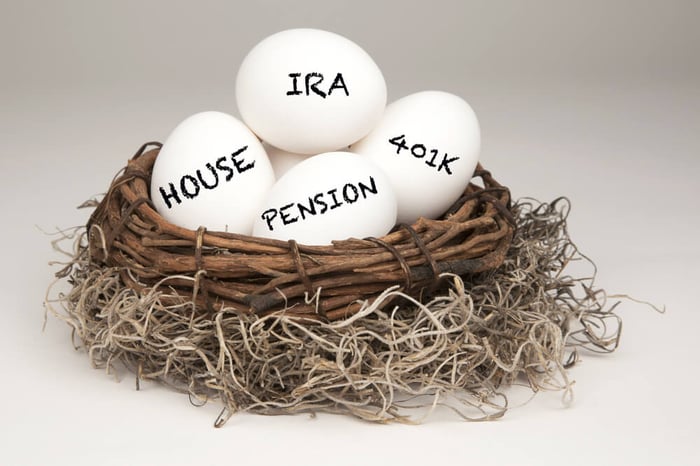
By being open about your estate plan, you're passing on more than assets. You're also handing down values, strengthening bonds, and creating shared purpose with your heirs.
Putting It All Together: Creating Your Estate Plan
We've covered a lot of airspace during our flight, from essential documents to tax strategies and family communication.
Now, let's do a quick recap of the ideal estate planning process:
Clarify Needs, Wants, and Wishes: Revisit this framework so your plan aligns with broader goals.
Inventory Assets and Debts: Catalog everything you own and owe.
Determine Goals: Minimize taxes? Provide for family? Support charities?
Consult Experts: Estate attorney, financial advisor, tax pro, insurance agent.
Draft and Sign Documents: At a minimum, will, power of attorney, healthcare directive.
Implement Strategies: Trusts, insurance products, charitable vehicles.
Communicate with Family: Discuss your decisions and reasoning openly.
Review and Update Regularly: Revisit your plan every three to five years and after major life events.
Estate planning isn't a one-and-done. As life changes, your flight plan may need updates.
Following these steps creates a roadmap for your legacy that protects your values far into the future. It lets you "be the bird" and retire with confidence and optimism about the lasting impact you can make rather than clinging to earthly possessions.
Don’t Forget
The peace of mind from a well-built estate plan is priceless. You can enjoy retirement knowing you've provided for family and causes important to you.

So, I challenge you to take that first step today. Schedule a meeting, have a family discussion, or just jot down goals and values. The greatest gift you can give loved ones is clarity and confidence as they look to the skies ahead.
Are you ready to discuss how to power your retirement portfolio through estate planning that will take care of your heirs and beyond? Answer a few quick questions to see if we're a mutual fit below.


